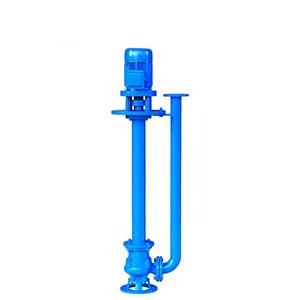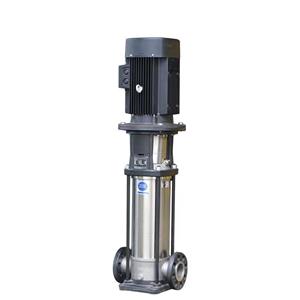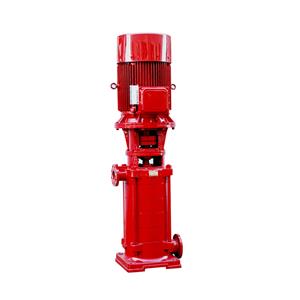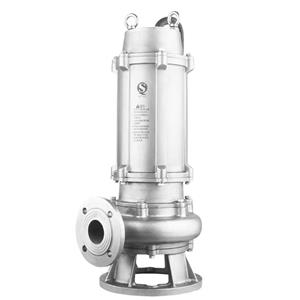How Long Do Sewage Pumps Last? Expert Guide to Replacement Timing
Sewage pumps are the unsung heroes of wastewater management, quietly working in harsh environments to keep municipal and industrial systems running smoothly. However, determining when to replace these critical components is a challenge faced by every facility manager. While there’s no one-size-fits-all answer, understanding the factors influencing lifespan and recognizing key indicators ensures optimal performance and cost-efficiency. Let’s explore how long sewage pumps typically last and when replacement becomes necessary.
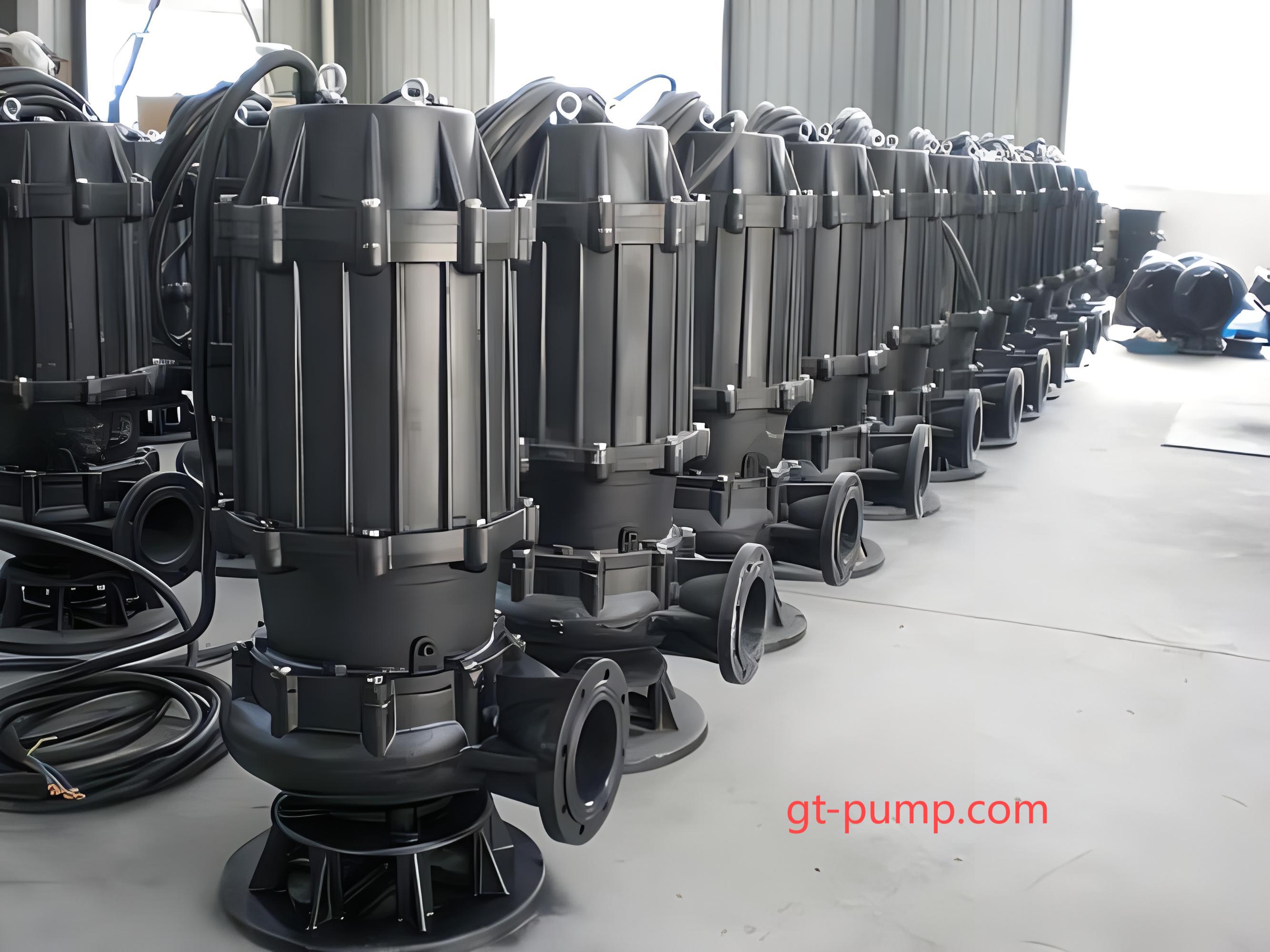
Factors Influencing Sewage Pump Lifespan
The longevity of a sewage pump depends on a combination of design, application, and maintenance practices. Here’s a breakdown of the most critical variables:
Operating Environment
Corrosive Conditions: Exposure to acidic or alkaline wastewater accelerates wear on metal components. Stainless steel or composite pumps often outlast standard models in such settings.
Solid Content: Pumps handling abrasive solids (e.g., sand, gravel) require more frequent inspections. Impellers and wear rings may degrade within 5–7 years under heavy loads.
Temperature Extremes: High-temperature wastewater (e.g., from industrial processes) can reduce mechanical seal lifespan by up to 30%.
Usage Patterns
Continuous vs. Intermittent Operation: Pumps running 24/7 will naturally wear faster than those used periodically. For instance, a continuous-duty pump in a wastewater treatment plant may need replacement after 8–10 years, while an intermittent residential pump could last 12–15 years.
Start-Stop Cycles: Frequent cycling strains motors and mechanical seals, contributing to premature failure.
Maintenance Quality
Regular lubrication, seal replacements, and impeller inspections can extend lifespan by 30–50%. Facilities that neglect preventive maintenance often face replacements within 5–8 years.
Predictive maintenance tools (e.g., vibration analysis, thermal imaging) identify issues before they escalate, maximizing uptime.
[Image 1: Diagram comparing pump lifespan under optimal vs. poor maintenance]
Signs It’s Time to Replace Your Sewage Pump
Even with proper care, all pumps eventually reach their end-of-life. Watch for these indicators:
Declining Performance
Reduced flow rates or pressure drops signal worn impellers or clogged filters.
Increased noise or vibration may indicate misalignment, bearing wear, or shaft damage.
Frequent Failures
Recurring breakdowns (e.g., motor burnouts, seal leaks) suggest the pump is nearing its limit. For example, a pump requiring repairs more than twice yearly often justifies replacement.
Energy Efficiency Loss
Aging motors consume 10–20% more energy than new models. If energy bills spike without justification, consider upgrading.
Visible Damage
Cracked casings, corroded components, or seized rotors are clear signs of impending failure.
Best Practices for Lifespan Extension and Replacement Timing
Proactive strategies can delay replacement while ensuring reliability:
Adopt Predictive Maintenance
IoT-enabled sensors monitor real-time data like vibration levels, temperature, and current draw. AI algorithms predict failures weeks in advance, reducing downtime.
Case Study: A municipal plant using predictive analytics extended pump life by 6 years, saving $250K in replacement costs.
Upgrade Components
Retrofitting older pumps with modern impellers, composite materials, or energy-efficient motors can rejuvenate performance.
Follow Manufacturer Guidelines
Replace mechanical seals every 18–24 months and bearings every 3–5 years under normal conditions.
Plan for Obsolescence
Pumps nearing 10+ years may lack compatibility with newer control systems. Evaluate total lifecycle costs—older units often incur higher repair and energy expenses.
[Image 2: Side-by-side comparison of old vs. modern sewage pump designs]
Conclusion
While sewage pumps can operate effectively for 8–15 years, lifespan depends heavily on application demands and maintenance rigor. Facilities should prioritize regular inspections, leverage predictive maintenance tools, and budget for replacement when performance declines. By balancing cost and reliability, you ensure uninterrupted wastewater management while aligning with sustainability goals.

